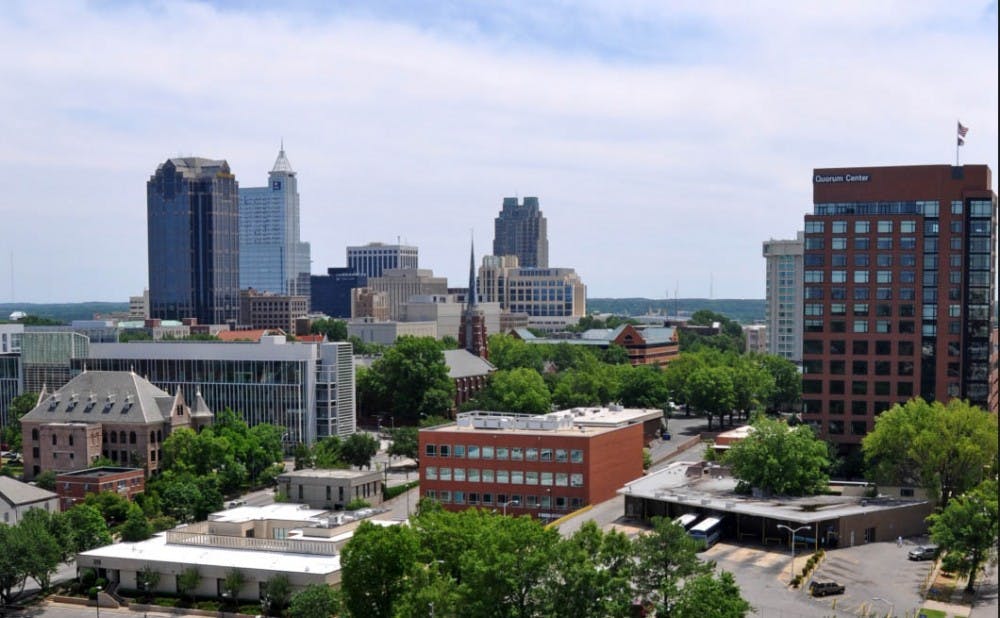As one of the three cornerstone cities of the Research Triangle, Raleigh draws a heavy population of young graduates in search of work—and with that, a large number of those who owe student loans.
Raleigh is fourth in line for the title of “Places that Owe the Most in Student Loans,” boasting 9 percent of residents who owe over $100,000 and a median balance owed of $21,357, according to a 2018 study conducted by LendingTree.
However, the study emphasized that with 44 percent of residents holding bachelor’s degrees or higher—compared to a national total of 30 percent—the number of residents facing student loans is not surprising.
Alison Rabil, assistant vice provost and director of undergraduate financial aid at Duke, emphasized the disproportionate number of students present in the area.
The volume of students itself might be a factor, she explained.
With a sticker-price tuition of $55,960 per year, a Duke University undergraduate education is a large investment, and one might expect Duke students’ debt to elevate the regional average as a result. However, Rabil noted, the University is dedicated to ensuring that is not the case.
“Our average debt runs about $20,000 per student, which is less than the average at [the University of North Carolina]. Just because our sticker price is higher doesn’t mean our average borrowing is higher,” Rabil said.
The $20,000 figure comes in below Raleigh’s median balance and the national average debt of $37,172 per student loan borrower.
Rabil also explained that Duke’s label as an elite institution might be deceiving to students and parents considering what type of school could offer the most cost-effective education. She noted that Duke’s “elite” status translates to elite types of programs and opportunities available, not necessarily a prohibitively expensive education for most students.
Although LendingTree did not specify whether students’ debt was attributable to undergraduate or post-graduate education, Rabil suggested that a larger proportion than most people might understand actually comes from graduate school.
“In-state residents might borrow $150,000 to go to law school at UNC,” Rabil said. “Graduate programs don’t have aid or reduced tuition figures like undergraduate programs.”
She noted that in the past, the amount of debt that graduate students would accumulate during medical, law, business or other graduate school programs was proportional to the salaries they could earn immediately after completing their educations. However, this is not necessarily the case in today’s economic environment.
“Before 2008, graduated students could command jobs with huge salaries and pay off [their loans] in a few years, but those jobs are not out there in the same quantities anymore,” Rabil said. “It’s a financing model that was real 10 years ago so debt levels were not so scary.”
Get The Chronicle straight to your inbox
Sign up for our weekly newsletter. Cancel at any time.

